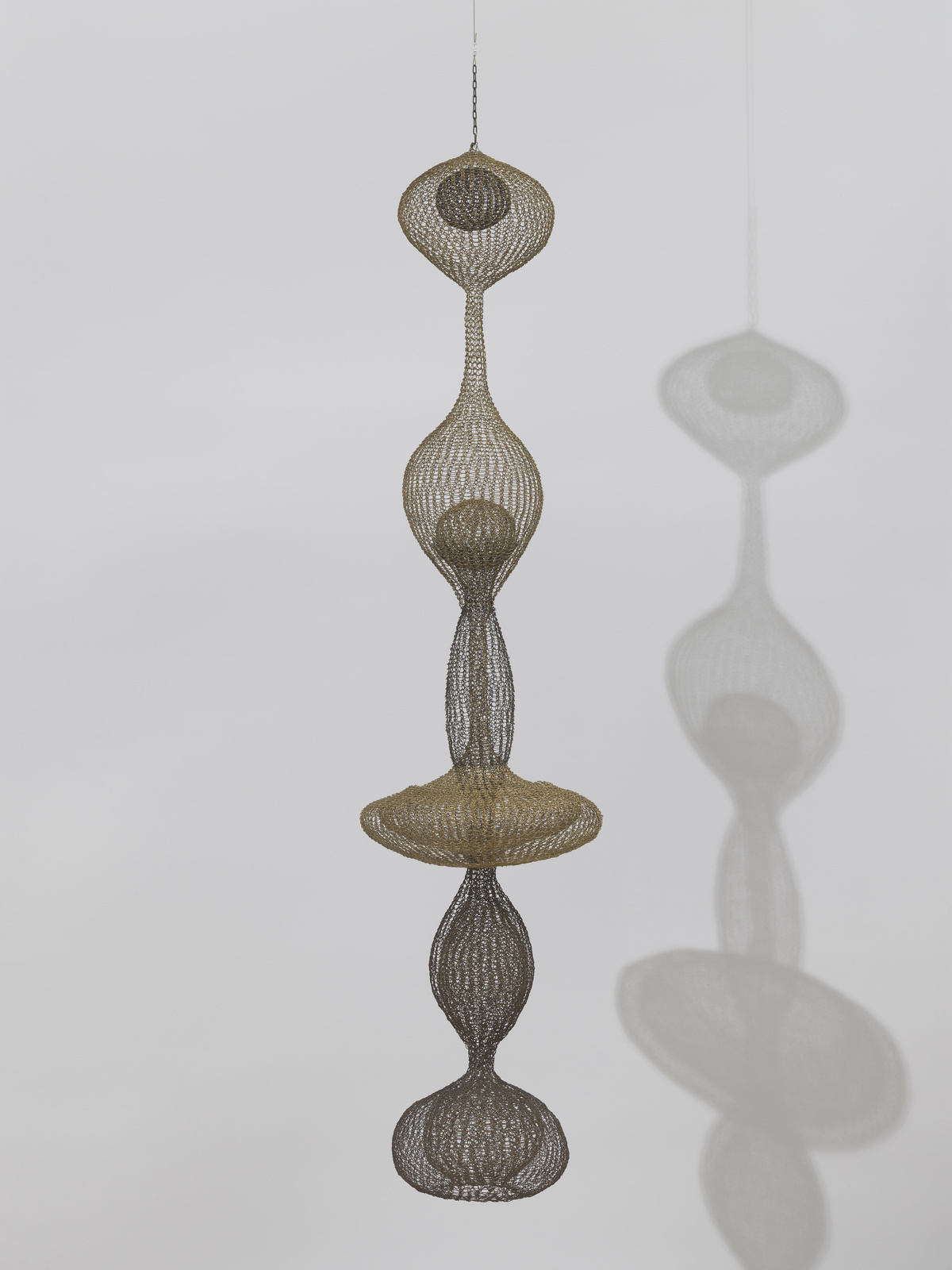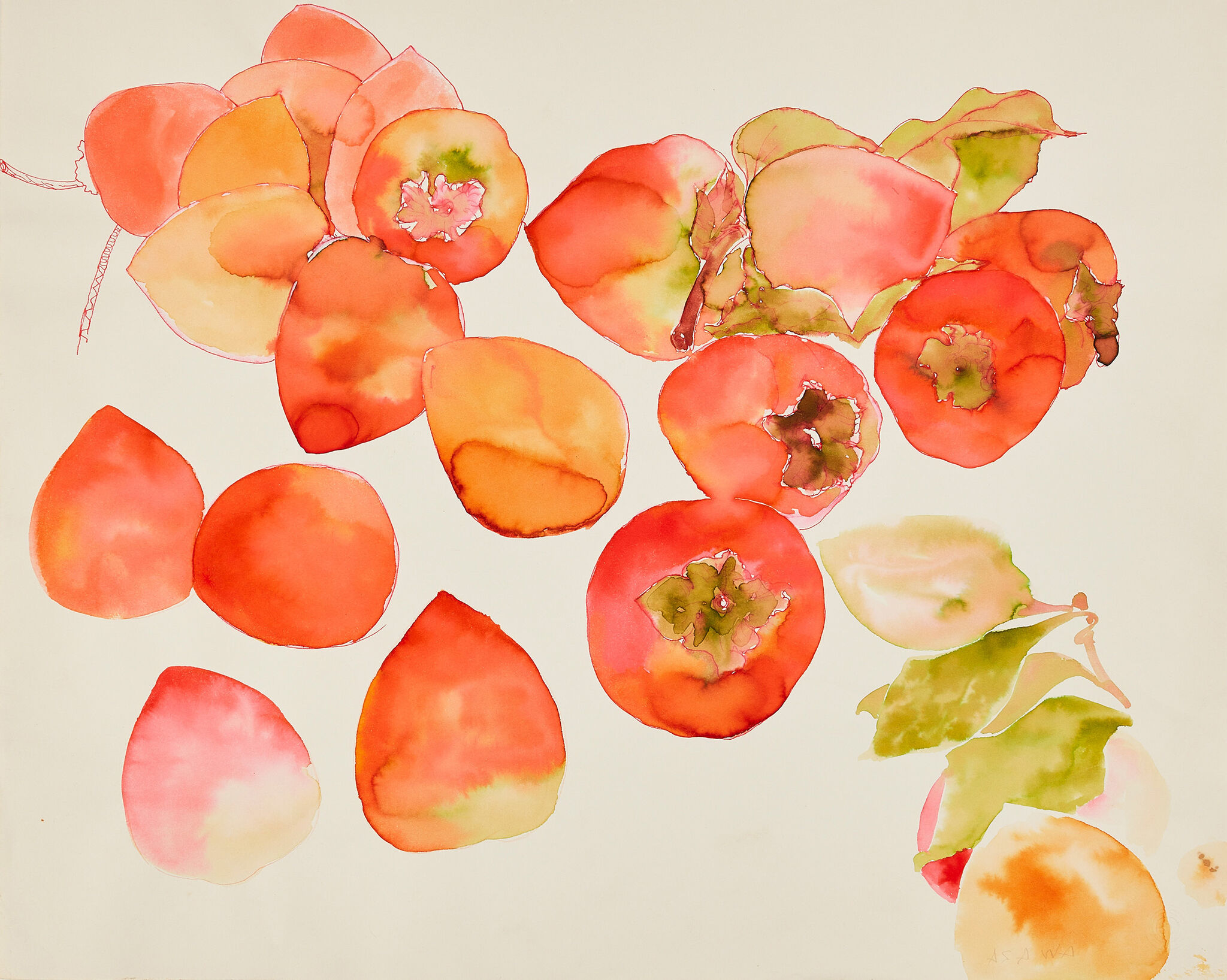Verbal Description: Untitled (PT.106, Plane Tree #12), 1959
Aug 30, 2023
0:00
Verbal Description: Untitled (PT.106, Plane Tree #12), 1959
0:00
Clara Rojas-Sebesta: We're looking at Ruth Asawa's Plane Tree #12, 1959. It's a brush-and-ink drawing on paper. The sheet is almost 12.5 by 19 inches long.
Narrator: Clara Rojas-Sebesta, Ellsworth Kelly Conservator of Works on Paper.
Clara Rojas-Sebesta: This drawing is an abstraction of the plane trees with a center trunk dominating the center of the composition with two branches on the upper left and to the right.
Narrator: Asawa made a number of drawings based on plane trees—or sycamore trees—that grew in San Francisco's Golden Gate Park.
Clara Rojas-Sebesta: Asawa has created the feeling of the knot drawings with a large, very wet inked brush. She's using a sumi ink on a thin paper, and you can see a lot of rippling and distortions in the paper that hint to what the materials were that she was using. As the ink's dried, the water evaporated, leaving little particles of ink across the surface, which also suggest the textured surface of the sycamore tree. You can also get a sense of the movement of Asawa's hand as she created these circular forms throughout the trunk. As she moved towards the edges of the sheet, she used stronger gestures and splashed the ink so that they moved off the edges to the center left and to the right, giving that sense of the branching and maybe leaves of this sycamore tree. It's a fairly thin sheet of paper, so she probably would have clipped it to a larger board as she was working outside and down on a flat surface to get those kinds of slash marks. So the ink flows beyond the edges of the sheet of paper on all edges.
For this drawing, she chose a very high-sheen coated paper that would have responded very quickly to the watery ink, and you see that throughout with distortions and ripples. It's a very warm, beige white color, which gives sort of a natural contrast or warmth to this portrait of a tree. Where the ink pooled in certain areas, it's darker, and where she put greater pressure on the brush, it pushed the black particles of ink to the side and that would give you a lighter and darker gray appearance, also suggesting the texture of the sycamore tree.
In the lower right corner we also see Asawa's signature stamp, which would have been found on many of her artworks.


